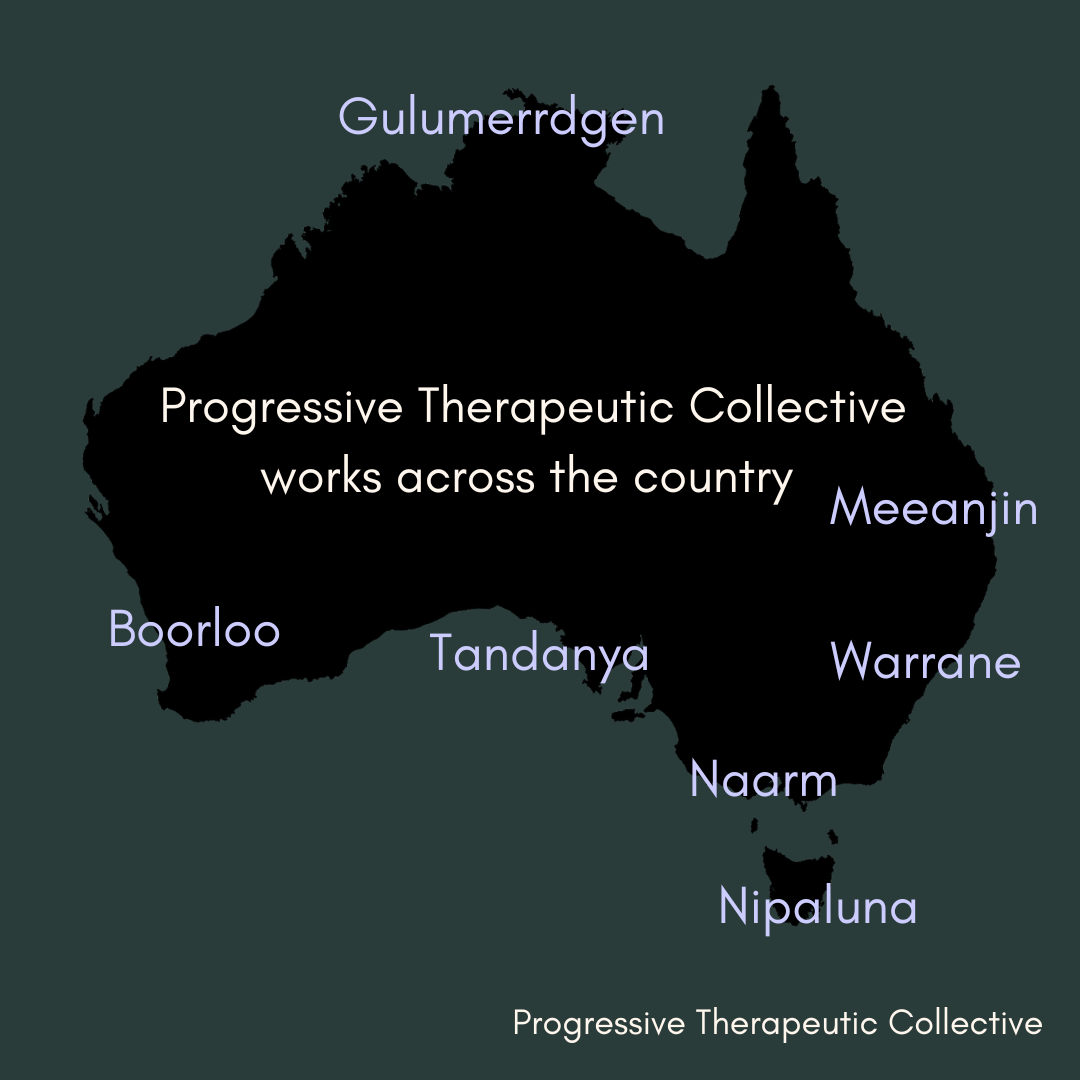PMDD: Complexities of Hormonal Sensitivity
Premenstrual Dysphoric Disorder (PMDD) remains one of the most challenging and frequently misunderstood conditions in health. As a therapist focusing on gender-affirming approaches to gynecological issues, I have observed the profound impact of PMDD on my clients. This article introduces the physiological mechanisms underpinning PMDD, focusing on hormonal sensitivity and the associated neuroendocrine processes.
The Hormones Involved
PMDD is intrinsically linked to the cyclic fluctuations of estrogen and progesterone. These ovarian steroids play pivotal roles throughout the menstrual cycle, influencing not only reproductive function but also mood regulation and physical well-being.
Estrogen: Estrogen, primarily estradiol, peaks during the follicular phase and again at ovulation. It facilitates the growth and maturation of the ovarian follicles and has significant neuromodulatory effects. Estrogen enhances serotonergic activity by increasing the synthesis, release, and receptor sensitivity of serotonin, thereby exerting an antidepressant and anxiolytic effect.
Progesterone: Progesterone rises in the luteal phase following ovulation, produced by the corpus luteum. It is known for its role in preparing the endometrium for potential implantation and maintaining pregnancy. Progesterone also has neuroactive properties, interacting with the gamma-aminobutyric acid (GABA) system and exerting calming effects, although it can also antagonize the positive effects of estrogen on serotonin.
The Mechanism of Hormone Sensitivity
Individuals with PMDD exhibit an abnormal sensitivity to these normal hormonal fluctuations. This sensitivity disrupts the homeostasis of neurotransmitter systems, particularly serotonin, which is crucial for mood stabilisation.
Hormonal Fluctuations and Neurotransmitter Interactions:
Estrogen's Role in Serotonin Modulation: During the follicular phase, elevated estrogen levels enhance serotonergic neurotransmission. Estrogen increases the expression of tryptophan hydroxylase (the rate-limiting enzyme in serotonin synthesis) and serotonin transporters, promoting serotonin availability in synaptic clefts.
Progesterone's Impact During the Luteal Phase: Following ovulation, the surge in progesterone modifies GABAergic activity, producing a paradoxical effect in those with PMDD. While generally calming, progesterone's metabolite allopregnanolone (a potent positive allosteric modulator of GABA_A receptors) can cause dysphoria and irritability in sensitive individuals. Additionally, the relative decline in estrogen's stabilising influence on serotonin during this phase exacerbates mood instability.
Neuroactive Steroids and Allopregnanolone: The fluctuations in allopregnanolone levels are critical in PMDD. Allopregnanolone's effect on GABA_A receptors is dose-dependent, and its rapid changes can trigger negative mood states, anxiety, and irritability. This sensitivity is likely due to genetic polymorphisms affecting receptor subunit composition and steroid metabolism.
Serotonergic System Dysregulation: The altered serotonergic activity in PMDD involves not just synthesis and release but also receptor sensitivity. Polymorphisms in genes encoding serotonin receptors (e.g., 5-HT2A, 5-HT2C) and the serotonin transporter (SERT) may underlie this heightened sensitivity, leading to the pronounced mood symptoms observed.
Hormones Impact on Mood and Physical Symptoms
The neuroendocrine disruptions in PMDD result in a constellation of severe emotional and physical symptoms.
Emotional Symptoms: These include profound mood swings, marked irritability, anxiety, and depressive episodes. The serotonergic dysregulation due to hormonal sensitivity is a primary driver of these emotional disturbances.
Physical Symptoms: Individuals with PMDD often report somatic symptoms such as bloating, breast tenderness, headaches, and musculoskeletal pain. These physical manifestations are interlinked with the neuroendocrine changes, involving both central and peripheral mechanisms influenced by estrogen and progesterone fluctuations.
Strategies for Managing PMDD
Managing PMDD requires a multifaceted approach, addressing both the hormonal and neurotransmitter abnormalities.
Pharmacological Interventions:
Selective Serotonin Reuptake Inhibitors (SSRIs): SSRIs are the frontline treatment for PMDD due to their role in enhancing serotonin levels. They can be administered continuously or during the luteal phase, with evidence supporting their efficacy in reducing both mood and physical symptoms.
Hormonal Therapies: Combined oral contraceptives (COCs) containing ethinyl estradiol and progestins can stabilize hormonal fluctuations by suppressing ovulation. Continuous or extended-cycle regimens are often preferred to maintain steady hormonal levels. GnRH agonists, which induce a hypoestrogenic state, may be considered for severe cases but require add-back therapy to mitigate hypoestrogenic side effects.
Neuroactive Steroid Modulators: Research into agents that modulate allopregnanolone activity, such as brexanolone and ganaxolone, offers promising avenues for targeting the neuroactive steroid component of PMDD.
Challenges in PMDD Research and Treatment
Despite advances in understanding PMDD, significant challenges remain in research and clinical practice.
Lack of Comprehensive Research: PMDD is under-researched compared to other mood disorders. The complexity of its pathophysiology necessitates multidisciplinary research approaches to fully elucidate the genetic, neuroendocrine, and psychosocial factors involved.
Inadequate Awareness and Education: Many healthcare providers lack sufficient training in diagnosing and managing PMDD. This gap results in misdiagnosis and suboptimal treatment, exacerbating the burden on those affected.
Personalized Treatment Gaps: The heterogeneity of PMDD symptoms and responses to treatment highlights the need for personalized approaches. Identifying biomarkers and genetic predictors of treatment response could revolutionize PMDD management.
The Importance of Community Awareness and Support
Raising awareness about PMDD is crucial for breaking the stigma and ensuring that those affected receive the support they need. Open, honest conversations about menstrual health can help normalize the experiences of those with PMDD and encourage more research and better treatment options.
Education and Advocacy: Educating healthcare providers, the public, and individuals about PMDD is essential. Advocacy groups and organizations play a crucial role in raising awareness and pushing for more research and better treatment options.
Support Networks: Building support networks for those with PMDD can provide much-needed emotional support and practical advice. These networks can include support groups, online forums, and community organizations.
PMDD is a complex, multifaceted condition deeply rooted in hormonal sensitivity and neuroendocrine dysregulation. By increasing awareness, improving diagnosis, and offering comprehensive, gender-affirming care, we can empower those living with PMDD to lead healthier, more fulfilling lives. As we continue to unravel the mysteries of PMDD, empathy, understanding, and support remain our most powerful tools.
Sarah Newbold is a therapist specialising in gender-affirming care for gynecological issues. She is dedicated to promoting awareness and understanding of PMDD and other menstrual health conditions.

